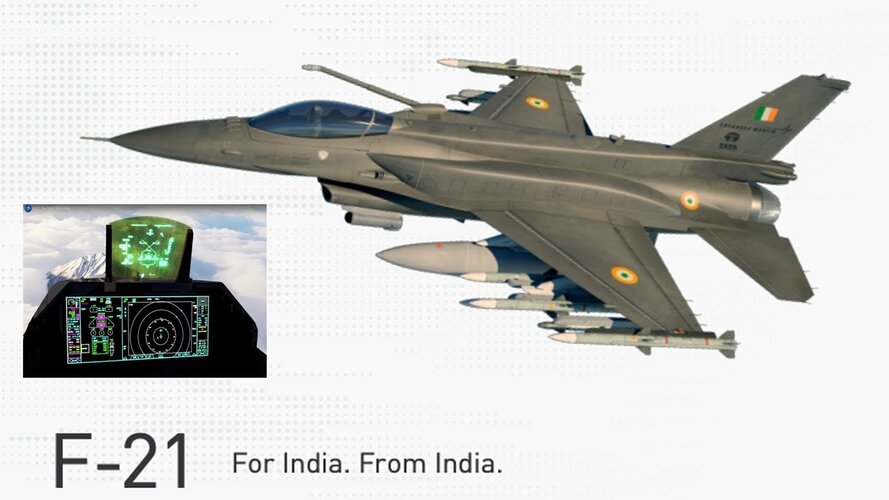My point rather comes down to having less complex architecture, especially on the software side of things. My opinion is rather concerning the risk management of the development program, as avoiding those aforementioned/avionics of equivalent complexity would probably mean less debugging process. A conventional MAWS in that sense is way more simpler in terms of its architecture compared to the DAS which is deeply rooted and integrated to the CNI and EW suite of the F-35 capability-wise.
It'd be worth noting that the F-35's mission systems integration isn't too bad; it definitely could have been done more cleanly, but they did do some very good things like make the sensor fusion system (which is then what weapons targeting, EW, etc primarily draws from, rather than individual systems) sensor agnostic. So long as sensors output data of some "VSIM" standard, the fusion system will work with them. That standard
is Lockheed proprietary though to my knowledge, so it'd be nicer if the likes of DARPA and the services were able to establish something more universal with sufficient breadth / flexibility to match proprietary solutions. And of course besides the sensor fusion, the sensors like DAS do also have to output video to the HMDS system, PCD electronic units, etc (likely via the ICP); they also have some programming of their own like the "You Are The One" algorithm that determines if you're the target of a missile launch (that probably runs on the ICP and is then output to the ASQ-239, etc).
Ah, obvious in hindsight; and yeah I don't think an IWB would be a good choice for a low-cost platforms.
Still, SH will fly for decades to come when the MR-X is going to be introduced (early-mid 30's) and there are other foreign aircraft like Gripen E. KF-21, Indian MWF and AMCA Block 1 which would use the F414
I wasn't aware that the latter 2 were planning on using the F414 (also forgot at the time the KF-21 was planning to use them). Between the Gripen E, KF-21 and MR-X it'd probably be a viable engine, but yeah, a single engine might be best for low-cost. Depending on how big of a jet and how low-cost we're talking, a single F414 might do the job. I'm not sure the F135 would be viable past the 2030s as while the B-21 might use some F135-related engine, and some F-35 users might not transition to adaptive cycle engines, I wouldn't expect F135 production to last long enough.
In terms of the open architecture, I would really like to know what this core difference between the MR-X and redesigned legacy fighters would be. Limitations in Plug-and-Play and OFP updates on the fly comes into my mind, although I'm not sure if that's completely impossible to implement on the legacy fighter jets.
From an avionics perspective the only real difference between a clean sheet MR-X and an overhauled legacy fighter with regards to achieving open architectures would just be to do with SWAP; you have more options for avionics if you design a jet to have better electrical and thermal capacity, both of which can be problematic to retrofit into a small airframe like the F-16 (without grafting on things like dorsal spines, etc that decrease performance) and can complicate maintenance. There could also potentially be intellectual property rights issues with certain airframes if any past contracts made the jet's manufacturer (or the current 'caretaker' company) the sole entity responsible for systems integration, whereas with a clean sheet you can write new contracts that increase competition opportunities by signing certain rights over to the Pentagon.
Otherwise with either clean sheet / legacy design, the idea is to create a system that's as modular as possible, allowing for sensors to be more plug & play without also having to sacrifice things like high-end sensor fusion, etc. That way sensors, EW systems, displays, core processors, etc can all be competitively chosen and integrated with a smaller budget and tighter schedule. There's a been a number of jets with "open architecture" systems in the past, but they've generally come with considerable caveats. The F-22 for example was advertised as having an "open systems architecture", but from what I've heard from people that've worked with it, the F-22's sensor fusion system is far more intertwined and hard to add new sensors to than the F-35's.



